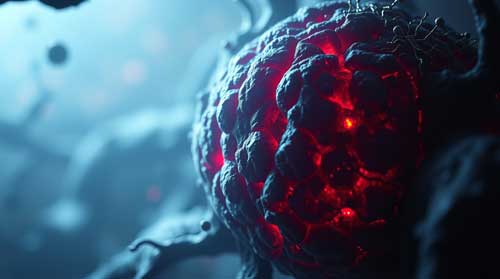Oncology Portal

Calculators

Oncology Calculators
Video SectionVideo Section
Drug Tables and Latest Articles

Articles

Other
Statistics

Common LAB Values Renal Dosing
Internal Medicine Sections
- Cardiology
- Critical Care
- Dermatology
- Endocrinology
- ENT (Ear, Nose, Throat) + Cough/cold
- Gastroenterology
- Geriatrics
- Hematology
- Hepatology
- Infectious Disease
- Internal Medicine Sections
- Miscellaneous Medical Sections
- Nephrology
- Nutrition / Diet
- Oncology
- Pain Management / Palliative Care
- Pediatrics
- Pharmacokinetics – Calculators, Tools, Etc.
- Psychiatry
- Pulmonary
- Rheumatology
- Toxicology
- Urology

